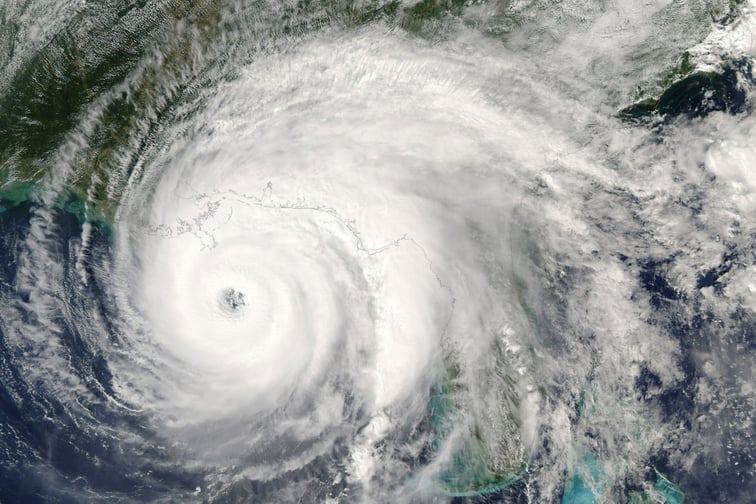

Windstorms Dudley and Eunice, also known respectively as Ylenia and Zeynep, are expected to cost European insurers between €3 billion (about £2.5 billion) and €5 billion (about £4.2 billion) in losses, data gathered by international catastrophe risk modellers has revealed.
RMS estimates the losses to be between the €3 billion and €4.5 billion range, with Eunice accounting for €2.5 billion to €3.5 billion of the total. This would rank Eunice as the most damaging windstorm event in Europe since Kyrill ravaged the region in 2007.
Germany is expected to incur about 40% of the overall losses, followed by the Netherlands at around 20% and the UK at 15%. The storms also affected parts of Ireland, France, Belgium, Denmark, Switzerland, Austria, the Czech Republic, Poland, and Slovakia between February 16 and 19, 2022.
Read more: Storm Eunice insurance losses revealed
RMS’s wind-only loss estimates are based on hazard reconstructions, and include damage to property, automobiles, agriculture, and direct business interruption. The value excludes losses from infrastructure damage, and those caused by storm surge and inland flooding, which are “not expected to be material,” according to the report.
The group’s approximation also takes into account several unique aspects of the events, including market dynamics and economic impact of the pandemic, and a marginal amount of post-event loss amplification and the possibility of “claims leakage” or payment for damage from other events under single occurrence such as Storm Franklin, the claims of which may be reimbursed under Dudley or Eunice.
“Windstorm Eunice will likely be the costliest European windstorm of the last 15 years, following the path of Kyrill (2007), however, it will end up causing less damage in Germany than its ‘big brother’,” said Michèle Lai, senior product manager for Europe climate models at RMS. “Although the last two decades have mostly spared us from history-making windstorms like Daria (1990) or Lothar (1999), windstorms Dudley and Eunice remind us how destructive these events can be and highlight the importance of storm clustering, the close succession of multiple storms following similar trajectories, in Europe.”
Meanwhile, Verisk Extreme Event Solutions – formerly AIR Worldwide – estimates the losses to be between €3 billion and €5 billion, with the majority coming from Germany, the Netherlands, and the UK. The firm’s approximation reflects wind damage to residential, commercial, industrial, and agricultural properties, and automobiles. The group also considered increased cost of construction in 2021, which could push up estimated insured losses from 10% to above 15% of modelled results.
“In the wake of Dudley/Ylenia, Storm Eunice/Zeynep brought more high winds, leading to widespread reports of wind damage to homes and businesses in the UK and continental Europe, including roofs torn off,” said Marc Marcella, principal scientist at Verisk. “In addition, the roofs of an arena in London and another in the Hague were damaged severely. Extreme wind speeds in London are relatively rare. Transportation of all types, including hundreds of domestic and international flights and rail, and road travel, was disrupted in the UK and continental Europe.”
Like that of RMS, Verisk’s estimation excludes losses from infrastructure, or those caused by coastal and inland flooding, and Storm Franklin, also known as Antonia. The firm’s calculation also does not include demand surge and losses from uninsured properties.
